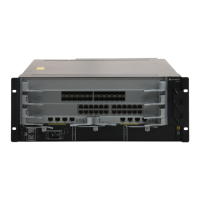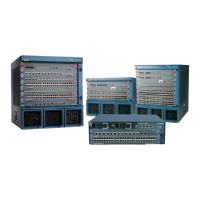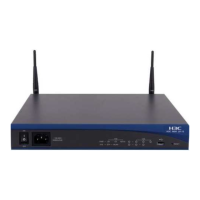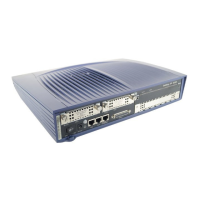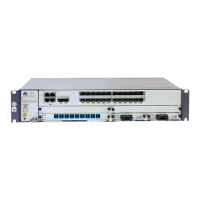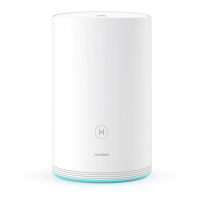Command Manual - STP
Quidway S3500 Series Ethernet Switches Chapter 1 MSTP Configuration Commands
Huawei Technologies Proprietary
1-31
Description
Using stp root-protection command, you can enable on Root protection the switch.
Using undo stp root-protection command, you can restore the default state of Root
protection.
By default, Root protection is disabled.
In case of configuration error or malicious attack, the legal primary root may receive the
BPDU with a higher priority and then loose its place, which causes network topology
change errors. Due to the illegal change, the traffic supposed to travel over the
high-speed link may be pulled to the low-speed link and congestion will occur on the
network.
MSTP provides Root protection function to protect the root bridge: The port configured
with Root protection only plays a role of designated port on every instance. Whenever
such port receives a higher-priority BPDU, it will be set to listening state and not forward
packets any more (as if the link to the port is disconnected). If the port has not received
any higher-priority BPDU for a certain period of time thereafter, it will resume the normal
state.
For the related command, see stp interface root-protection.
Example
# Enable Root protection on the Ethernet0/1 port of the switch.
[Quidway-Ethernet0/1] stp root-protection
1.1.34 stp tc-protection
Syntax
stp tc-protection enable
stp tc-protection disable
View
System view
Parameter
None
Description
Using the stp tc-protection enable command, you can enable the protection function
from being attacked by TC-BPDU packets on the switch. Using the stp tc-protection
disable command, you can disable the protection function.
By default, the protection from TC-BPDU packet attack is enabled.

